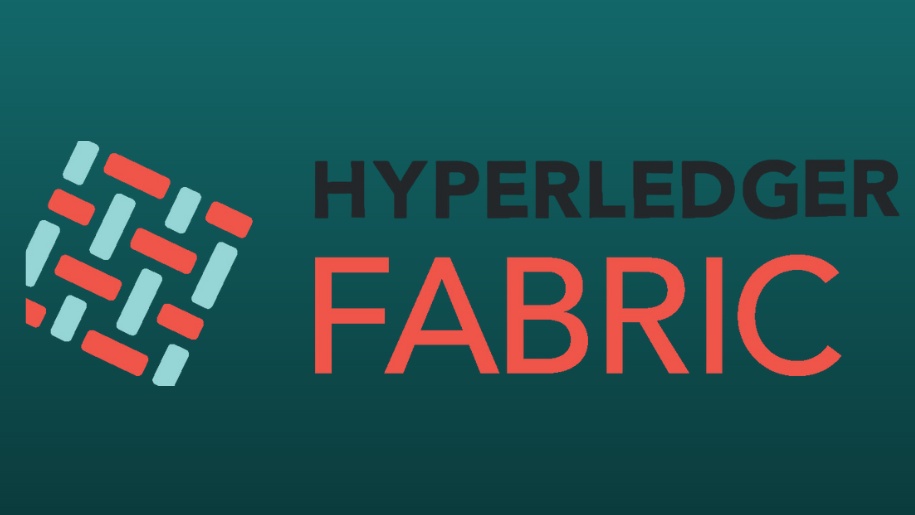Hyperledger Fabric is an open-source enterprise-grade distributed ledger platform that provides the foundation for building private blockchain networks. As private blockchains often involve sensitive business data and critical transactions, ensuring the security of the network is of utmost importance. Hyperledger Fabric nodes are vital components of the network, and their security is crucial for maintaining the integrity and confidentiality of the blockchain. In this article, we will explore the best practices for securing Hyperledger Fabric nodes and safeguarding your private blockchain.
- Implement Network Access Controls
One of the first steps to enhance Hyperledger Fabric node security is to implement network access controls. Limit access to the network by configuring firewalls and access control lists (ACLs) to allow only authorized IP addresses or network ranges. Restricting access to the nodes minimizes the attack surface, reducing the risk of unauthorized access or malicious activities.
Additionally, consider deploying the nodes in a private network or a Virtual Private Cloud (VPC) to further isolate the blockchain from external threats.
- Enable Secure Communication
Hyperledger Fabric nodes communicate with each other and external entities through APIs and cryptographic channels. Ensure that all communication between nodes is encrypted using Transport Layer Security (TLS) or Secure Sockets Layer (SSL) protocols. This encryption prevents eavesdropping and man-in-the-middle attacks, ensuring that data transmission remains confidential and tamper-proof.
- Secure Node Identity Management
Identity management is a critical aspect of Hyperledger Fabric node security. Implement a robust identity and access management (IAM) system to control and manage user access to nodes. Use cryptographic certificates to authenticate and authorize node interactions within the network. Centralized identity management solutions such as LDAP or Active Directory can also be integrated for secure user authentication.
- Regularly Update Node Software
Keeping the Hyperledger Fabric node software up to date is essential to maintain a secure environment. Regularly update the software to the latest stable versions, as the Hyperledger community frequently releases security patches and bug fixes. Outdated software may contain known vulnerabilities that attackers could exploit to compromise the node.
- Secure Node Endpoints
Hyperledger Fabric nodes expose various endpoints for communication and interaction. It is crucial to secure these endpoints to prevent unauthorized access or attacks. Enable authentication and authorization mechanisms for each endpoint to ensure that only authorized users and applications can access the required resources.
- Utilize Hardware Security Modules (HSMs)
Hardware Security Modules (HSMs) provide a dedicated hardware-based solution for managing cryptographic keys and sensitive data. Leveraging HSMs for key management enhances the security of the private keys used in the Hyperledger Fabric node operations. HSMs protect keys from unauthorized access and can provide advanced security features, such as tamper detection and secure key generation.
- Regular Security Audits and Penetration Testing
Conduct regular security audits and penetration testing to assess the vulnerabilities in your Hyperledger Fabric nodes and the overall blockchain network. Engage with cybersecurity experts to identify potential weaknesses and address them proactively. Penetration testing helps simulate real-world attacks and assess the network's resilience to different threat scenarios.
- Monitor Node Activity
Implement robust monitoring and logging mechanisms to track node activity and detect any suspicious behavior. Monitoring tools can help you identify potential security breaches or performance issues in real-time, allowing for immediate response and remediation.
- Backup and Disaster Recovery
Data backup and disaster recovery plans are essential components of node security. Regularly back up the blockchain data, configuration files, and cryptographic material to secure storage locations. Implement a comprehensive disaster recovery plan to ensure business continuity in case of unexpected incidents or hardware failures.
- Educate Node Operators and Users
Educating node operators and users about security best practices is critical to the overall security of the Hyperledger Fabric network. Conduct training sessions to familiarize them with security protocols, safe usage practices, and potential threats. Promote a culture of security awareness and compliance to minimize the risk of human errors that could lead to security breaches.
Conclusion
Securing Hyperledger Fabric nodes is paramount for building a robust and trustworthy private blockchain network. By following these best practices, you can significantly enhance the security of your Hyperledger Fabric nodes and safeguard sensitive business data and transactions. Implementing network access controls, enabling secure communication, securing node identity management, and regular software updates are some of the essential steps to protect the integrity and confidentiality of your private blockchain. Additionally, leveraging HSMs, conducting regular security audits, and educating node operators and users further bolster the overall security posture of the Hyperledger Fabric network. A proactive approach to security is essential to navigate the evolving threat landscape and ensure the long-term success of your private blockchain implementation.


No comments yet